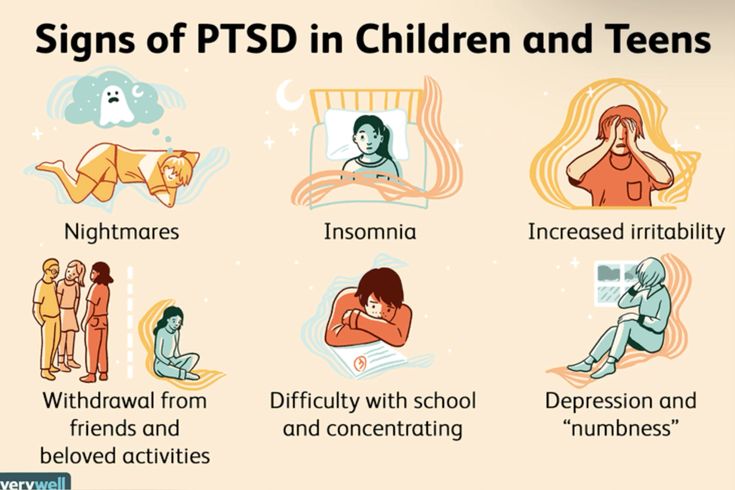A severe mental illness known as post-traumatic stress disorder (PTSD) is brought on by going through or witnessing a terrible experience. Millions of individuals throughout the world are impacted, including members of the armed forces, accident survivors, victims of abuse, and those who have experienced life-threatening circumstances. If PTSD is not addressed, it can seriously affect a person’s relationships, everyday functioning, and general well-being. Addressing this complicated condition requires an understanding of its etiology, symptoms, and available therapies.
PTSD: What is it?

A traumatic experience can trigger the mental disease known as post-traumatic stress disorder (PTSD), which causes severe, protracted psychological anguish. It falls within the category of anxiety disorders that impair a person’s capacity to manage stress. The majority of people heal from trauma on their own, but some people get PTSD and have symptoms that last for months or even years.
PTSD symptoms include the following:
- Intrusive thoughts include dreams, flashbacks, and upsetting recollections of the traumatic incident.
- Avoidance: Refusing to engage in activities, persons, or locations that bring up the pain.
- Negative shifts in mood and thought patterns include trouble sustaining intimate relationships and enduring emotions of shame, dread, or despair.
- Exaggerated startle reactions, increased anxiety, irritability, and trouble sleeping are all signs of hyperarousal.
The Development of PTSD
A mix of environmental, genetic, and psychological variables contribute to PTSD. Although the main cause is trauma exposure, not all trauma survivors go on to acquire PTSD. The following variables raise the risk of acquiring the disorder:
1. Trauma Exposure
- PTSD can arise following any upsetting incident, including:
- Exposure to combat
- Sexual or physical abuse
- Natural catastrophes
- Serious mishaps
- Abuse in childhood
- Observing a violent incident
2. Genetic and Biological Aspects
According to research, PTSD vulnerability may be influenced by heredity. PTSD may be more common in people with a family history of anxiety or despair. PTSD symptoms are also influenced by changes in brain function, namely in the prefrontal cortex, which controls emotions, and the amygdala, which processes fear.
3. Social and Psychological Aspects
The development of PTSD may be influenced by a person’s mental health prior to encountering trauma. People who already have mental health issues, are under a lot of stress, or don’t have a lot of social support are more vulnerable. A strong support system and effective coping strategies can help mitigate PTSD severity.
The Treatment of PTSD
PTSD may be treated, and a number of therapies and interventions have been shown to be successful in lowering symptoms and enhancing quality of life. Psychotherapy, medicine, and lifestyle modifications are frequently used in conjunction for treatment.
1. Counseling
- A variety of therapeutic approaches assist people in processing their trauma and creating more effective coping strategies:
- Patients who get cognitive behavioral therapy (CBT) are able to recognize and alter harmful thinking patterns associated with their trauma.
- Through exposure therapy, fear reactions can be lessened by gradually exposing patients to memories or circumstances associated with trauma in a safe setting.
- Eye Movement Desensitization and Reprocessing (EMDR): This technique helps people reprocess traumatic memories and lessen their emotional suffering by using directed eye movements.
- Group therapy: It helps people with PTSD connect and support one another by sharing experiences.
2. Medications
- PTSD symptoms can be managed with the use of certain medications:
- Sertraline and paroxetine are examples of selective serotonin reuptake inhibitors (SSRIs), which are medications that assist lower anxiety and depression.
- Prazosin: Often administered to PTSD sufferers to lessen nightmares and sleep difficulties.
- In extreme situations, mood stabilizers and anti-anxiety drugs are used to control agitation and emotional instability.
3. Modifications to Lifestyle and Self-Help Techniques
- To manage PTSD, people can use self-care techniques in addition to professional treatment:
- Frequent Exercise: Exercise elevates mood and lowers stress.
- Mindfulness & Meditation: Methods such as yoga and deep breathing help people relax and control their emotions.
- Healthy Diet: A well-balanced diet promotes general wellbeing and cognitive function.
- Strong Support System: Talking to loved ones, friends, or support groups gives you emotional fortitude and comfort.
In conclusion
PTSD is a severe illness that needs thorough therapy and early intervention. While it can be debilitating, effective therapies and lifestyle adjustments enable individuals to reclaim their lives. Raising awareness about PTSD, reducing stigma, and encouraging access to mental health resources are essential steps toward supporting those affected by trauma.



